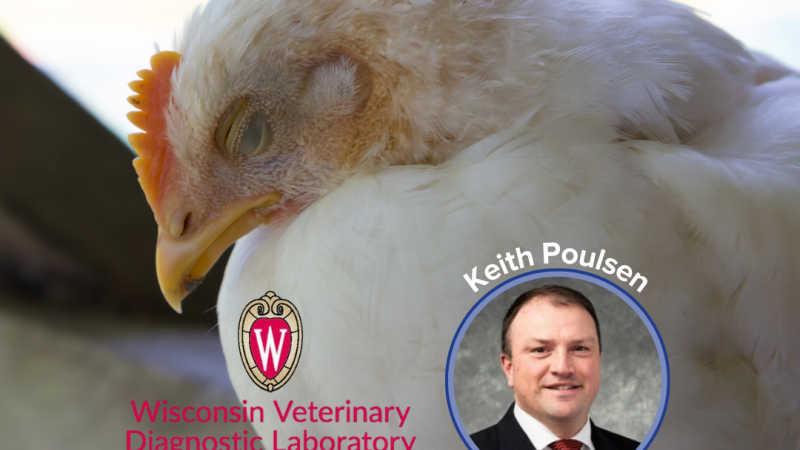While Wisconsin still has yet to see any cases of bird flu in dairy cattle, the head of the Wisconsin Veterinary Diagnostic Laboratory warns the impact of the virus could hit rural communities hardest.
Wisconsin in December identified multiple H5N1 cases in commercial and backyard poultry flocks, but has yet to find any bird flu in dairy cattle. Keith Poulsen, director of the WVDL, says the cost ...
Please log in to access subscriber content.
If you don't have a subscription, please contact schmies@wispolitics.com for subscription options on the WisPolitics-State Affairs platform, which is the new home for WisPolitics subscriber products.



